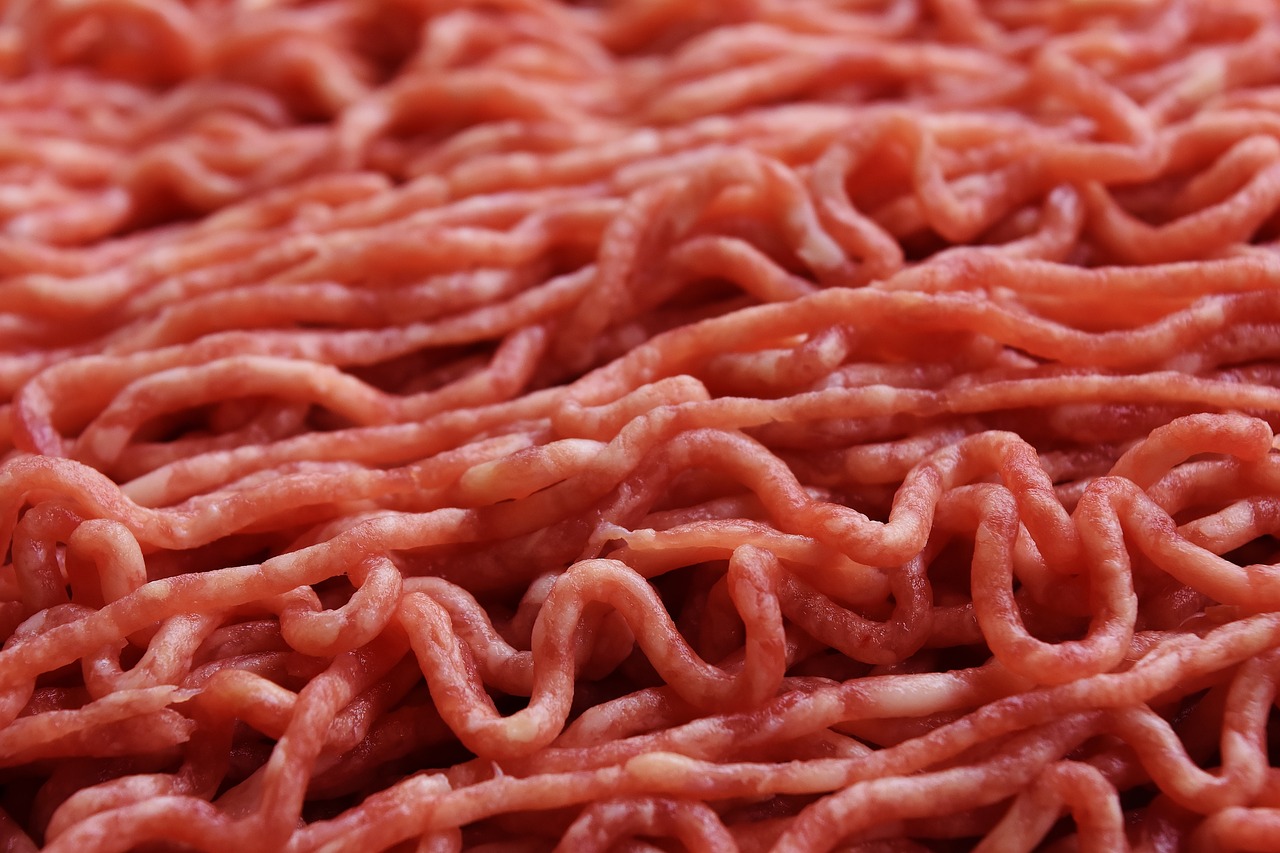Início Bacteriocinas como bioconservador alimentario: características generales y aplicación en alimentos
Ciência de alimentos
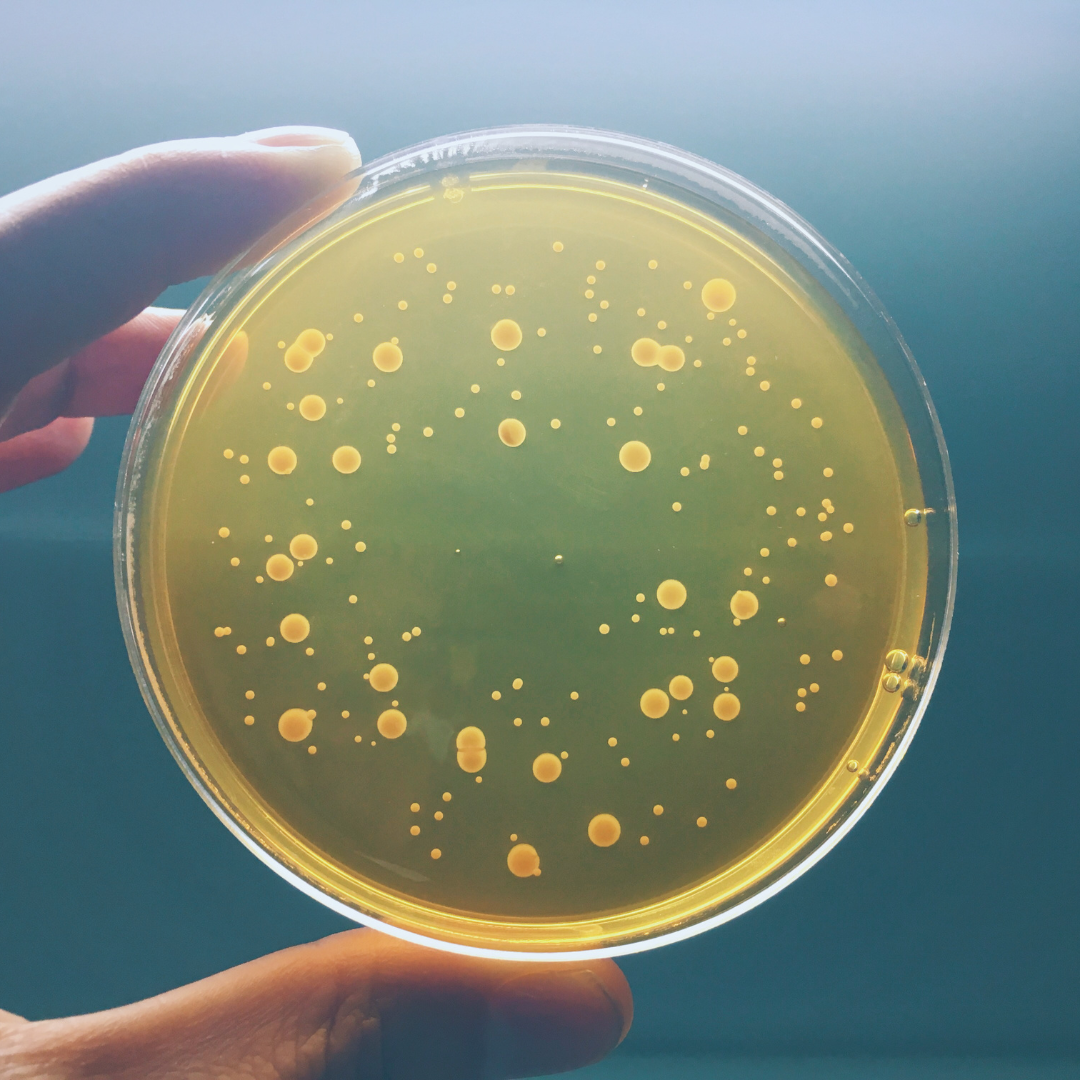
Bacteriocinas como bioconservador alimentario: características generales y aplicación en alimentos
Resumo:
INTRODUCTION: Nowadays consumers´ demand for reduction of synthetic preservatives in food is increasing, but products at the same time need to continue to guarantee their safety. For this reason, there is a growing interest in the food industry for bioconservation. Among the different forms of biopreservation, bacteriocins, secondary metabolites produced by lactic acid bacteria, can be used. REVIEW: The aim of this review is describe the general characteristics that define bacteriocin produced by lactic acid bacteria, as well as their mode of action and applicability in the food industry in the main food groups. DISCUSSION: Several studies demonstrate its effectiveness in safely extending the shelf life of foods, due to its great ability to inhibit or slow down the growth of pathogenic and important spoilage microorganisms, such as Listeria monocytogenes or Escherichia coli. This way of bioconservation can be applied to meat products, dairy products, vegetables, seafood and beverages such as beer or wine. In addition, the use of bacteriocins show a great advantage when it is combined with heat treatments, since they allow the application of milder treatments, thus reducing the organoleptic damage that could occur in the quality of the food. CONCLUSION: The incorporation of bacteriocin to different foods allows their safe preservation and has a promising function as possible substitutes for traditional synthetic preservatives.
Keywords: Bacteriocins, lactic acid bacteria, additives, natural antimicrobials, food safety.
Expandir Resumo
Acessar Texto Completo

Fraudes em alimentos industrializados
Resumo:
Introduction: Currently the population has changed their eating habits, and seeks every day industrialized foods, for the lack of time to prepare a healthy diet. And this entails bad eating habits, and even the consumption of foods of dubious quality. The industries have received great demand for food industrialization, because of the overconsumption of the population. With this companies have aimed at their profits, and in obtaining more benefits, and through this it has been observed every day that companies have defrauded more food. Objective: The objective of this work was to describe the concept of food fraud, to portray the types of fraud, to detail the characteristic of each fraud and finally to mention the possible health risks that these foods are capable of causing to the consumer. Review: The methodology used in this work is a bibliographic review carried out between May and June 2020. The databases used were SciELO and Google Scholar. Articles from 2010 to 2020 were included. Final considerations: The frauds that occur in the industries, is classified in changes such as: enzymatic, chemical, microbiological, microbial, by adulterations that is addition, or subtraction and counterfeits, this occurs to obtain more profits, and to increase the shelf life of food, among other irregularities. Food fraud brings a health risk, and in more severe cases it can lead to the individual dying. Fraud omits the nutritional values of food, and the actual composition of food.
Keywords: adulteration, alterations, forgeries, fraud, industries.
Expandir Resumo
Acessar Texto Completo

Glycemic index of foods: A review
Resumo:
One of the tools to help in the treatment of diseases is the index and glycemic load of food. The objective of the work is to carry out data survey in the literature about the influence of the glycemic indicator of foods. Databases such as MEDLINE / Pubmed, Scielo and Google Scholar were consulted. There is a trend of nutritional change due to urbanization and industrialization that lead to a more westernized diet, related to increased density, with greater consumption of meat, milk and fat-rich derivatives, and reduced consumption of fruits and vegetables. Foods with a high glycemic index induce an increase in glycemia of up to twice as much as foods with a low glycemic index, which may result in the appearance or worsening of several chronic diseases. Understanding the glycemic index of foods is essential for dietary planning and glycemic control.
Keywords: glicemic, food, health.
Expandir Resumo
Acessar Texto Completo
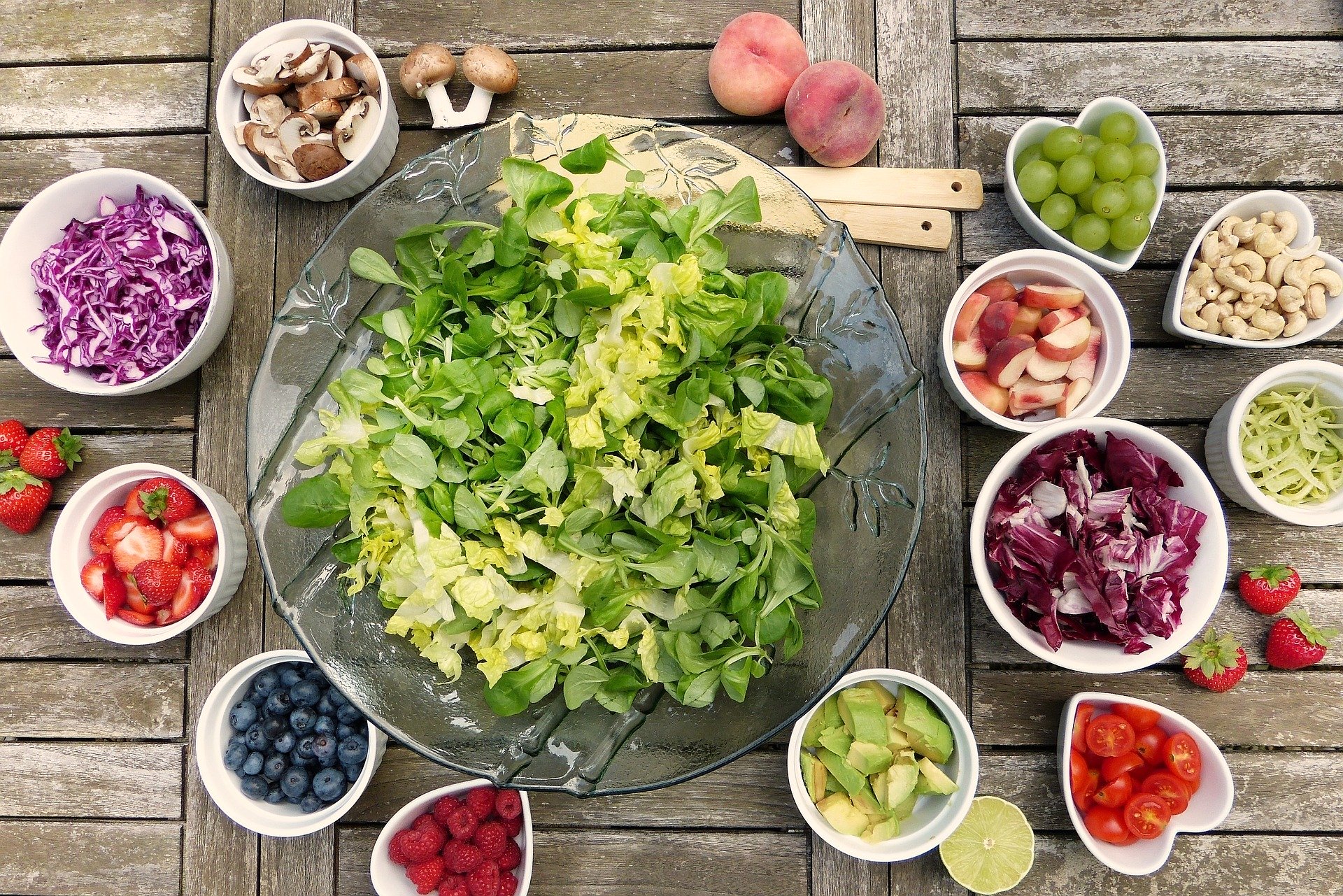
Factors that influence the choice and consumption of raw foods
Resumo:
Comer é uma atividade básica para obter energia e nutrição necessárias para a vida. Ao mastigar, o alimento é quebrado pelos dentes e dissolvido pela saliva. As doenças transmitidas por alimentos aumentaram nos últimos anos, com maior impacto na saúde e na economia dos países em desenvolvimento do que nos países desenvolvidos. Durante a mastigação, você terá sabor, sabor e textura e ajudará a adicionar uma sensação de comida. Alimentos não cozidos são um componente integral da nutrição humana e são uma condição prévia necessária para um sistema imunológico intacto. Bancos de dados como MEDLINE / Pubmed, Scielo e Google Scholar foram consultados. O objetivo deste trabalho é expor as vantagens e as precauções necessárias para o consumo de alimentos crus pelos seres humanos. Os perigos do consumo de alimentos crus são reconhecidos, pois a intoxicação alimentar é o maior fator de risco para a saúde, portanto, o presente estudo revela os fatores e a segurança para o consumo de alimentos crus.
Palavras-chave: alimentos crus, microbiologia, saúde.
Expandir Resumo
Acessar Texto Completo
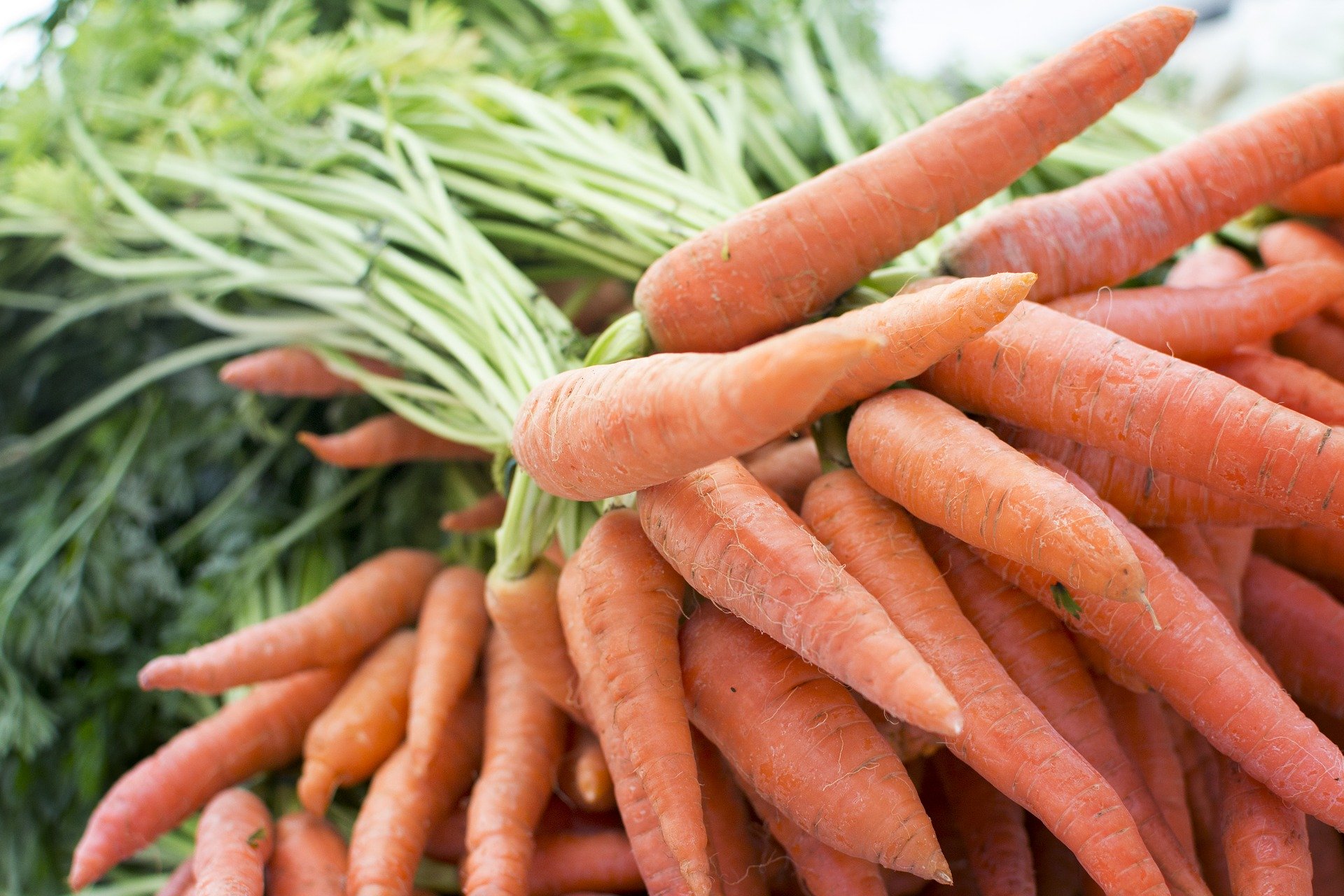
O marco sanitário na alimentação escolar: um estudo dos agricultores participantes do PNAE em Ladainha/MG
Resumo:
This work presents part of the studies related to the Master's thesis in Rural Studies at the Federal University of Vales do Jequitinhonha and Mucuri (UFVJM). The methodology adopted was Content Analysis of interviews conducted with family farmers participating in the National School Feeding Program (PNAE) in the municipality of Ladainha MG. We seek to reflect on the challenges pointed out by farmers on the health adequacy of their production systems for commercialization with the PNAE, which, through Law No. 11,947 / 2009, determined the acquisition of foodstuffs produced by local family farming in school meals. Considering that this policy, in addition to guaranteeing food security in schools, encompasses the promotion of family farming, it was necessary for farmers to pay attention to the criteria set out in Resolution / RDC n ° 49/2013 that regulates the exercise of the activity of health interest of the individual microentrepreneur, rural family enterprise and economic solidarity enterprise. Such a resolution became effective in the scope of the PNAE from the year 2013, impacting farmers who already marketed to schools via PNAE since the year 2009 through Law No. 11,947. The present work aims to contribute to the discussion about the impacts that this health framework has been causing in the (non) participation of family farmers in the PNAE in Ladainha MG.
Keywords: sanitation, family farming, food security, content analysis.
Expandir Resumo
Acessar Texto Completo

Elaboração de hambúrguer de carne bovina com adição de farinha de sorgo
Resumo:
The hamburger is a food very appreciated and consumed by the population of diverse age groups. In order to improve the nutritional quality of this meat product the objective is to develop a hamburger with different amounts of sorghum flour: 2.5; 5.0; 7.5 and 10% and indicators of physical, chemical, microbiological and sensory properties. The hamburgers presented microbiological levels according to the one recommended by the Brazilian Legislation and pH values (5.64-5.72) suitable for meat products, showing that the product is suitable for consumption. The results of the oven humidity characteristics at 105 °C for 5 hours showed that the cooked hamburger of the F4 formulation obtained a higher humidity (63.02%) than the other samples. In the parameter color (L*, a* and b*) it was observed that the higher the concentration of flour, the more intense the color of the hamburger. Instrumental analysis of the shear force showed that the addition of sorghum flour did not significantly affect the texture of the burgers having formulation 1 having a texture of 1.80 kgf/s and formulation 4 having a texture of 1.86 kgf/s. The baking values showed that the hamburgers with the highest percentage of sorghum flour had a higher moisture retention capacity (92.66%), with a higher yield (89.14%) and a lower shrinkage of the samples with a higher amount of flour (9.48%) contributing to greater succulence. The sensorial analysis using the nine-point hedonic scale, with 103 consumers, found that all the evaluated attributes (overall evaluation, color, taste, texture, purchase intention) had in the 4 formulations presented, good sensory acceptance and purchase intension, but formulation 2 was the best accepted by consumers.
Keywords: hamburger; sorghum flour; technological analysis, acceptability.
Expandir Resumo
Acessar Texto Completo

Valorização de resíduos agroindustriais: fontes de nutrientes e compostos bioativos para a alimentação humana
Resumo:
O aumento da produção de alimentos tem levado ao crescimento da geração de resíduos agroindustriais. O resíduo gerado precisa ser tratado antes de ser descartado, o que demanda custo e trabalho, e quando o descarte é feito de forma incorreta, os resíduos podem causar prejuízos ambientais. Alguns tipos de resíduos são passíveis de destinação para alimentação animal e humana devido a sua composição nutricional, entretanto a maioria deles são pouco explorados quanto as diferentes aplicações que poderiam ter. Os resíduos da produção vinícola, tanto cascas como sementes, podem ser considerados fontes de compostos fenólicos. Na casca da uva, as antocianidinas e os taninos condensados são encontrados em abundância, além dos polissacarídeos (celulose, pectinas e glucomananas). Resíduos como os das cervejarias, têm apresentado quantidades significativas de fibras e proteínas, além de compostos bioativos com atividade antioxidante elevada. Resíduos da produção de suco de laranja são ricos em fibras, óleos essenciais, carboidratos solúveis e insolúveis, e são geralmente destinados a alimentação animal ou descartados. O reaproveitamento de resíduos é uma alternativa que não beneficia somente as indústrias, agregando valor ao que era descartado, mas também podem enriquecer a alimentação humana com ingredientes nutritivos, os quais podem trazer benefícios à saúde, e que são provenientes de fontes naturais.
Palavras-chave: compostos nutritivos, valor agregado, subprodutos, antioxidantes.
Expandir Resumo
Acessar Texto Completo
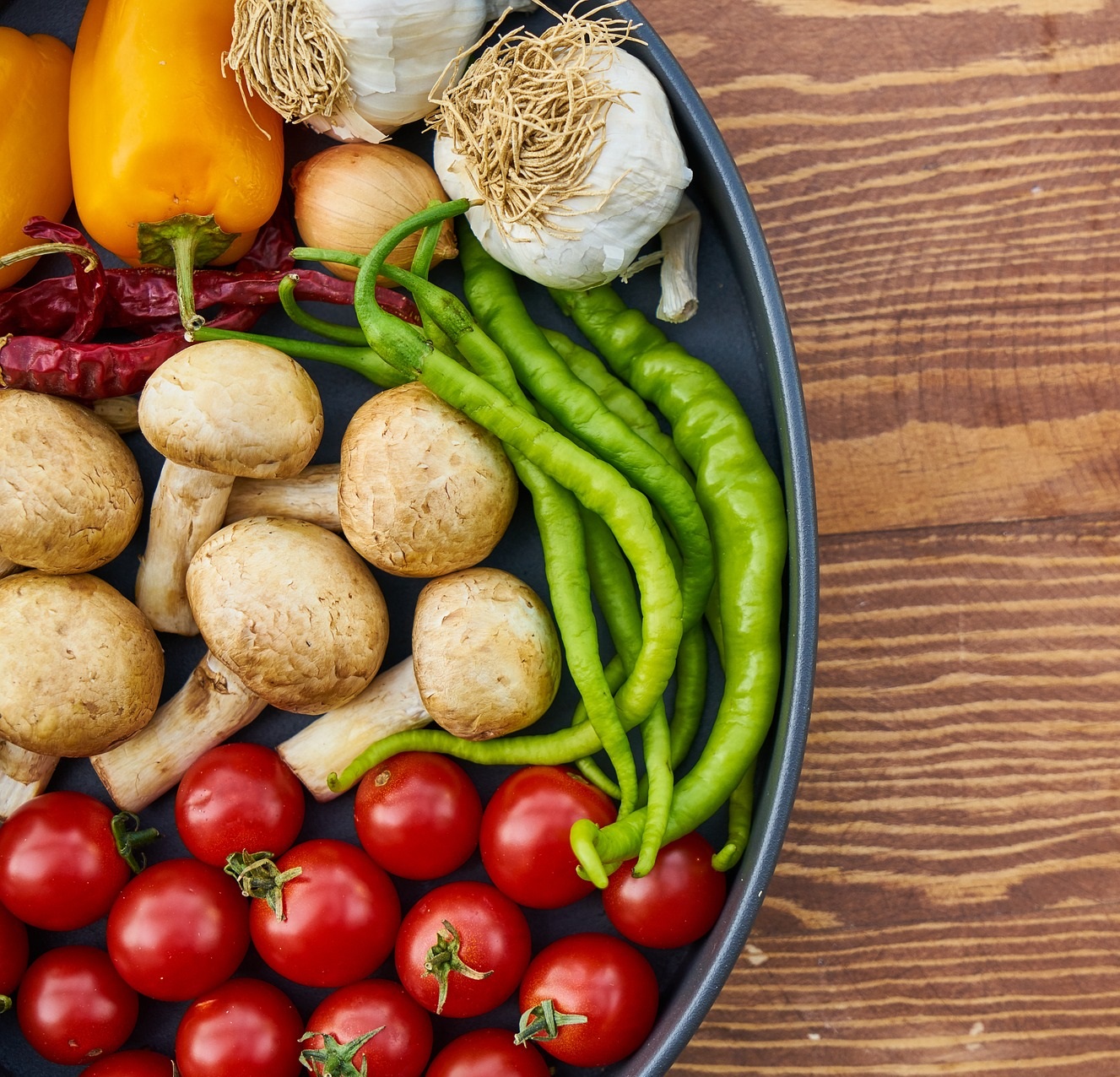
Ingredientes funcionais e seus benefícios a saúde humana
Resumo:
Food technology is increasingly working on the development of products with bioactive molecules, called as functional foods, those that are good for health. The study of new ingredients for the food industry that can provide bioactive molecules is of great interest. The modern life of the world population has led to an increase in oxidative stress, thus increasing free radicals that damage healthy cells and can develop chronic diseases such as atherosclerosis, hypertension, diabetes, cardiovascular disease, premature aging, among others. Several studies with natural molecules have been carried out to combat and/or reduce these radicals, with polyphenols being one of the most studied components. In addition to studying the antioxidant activity of polyphenols, the scientific community has also been concerned with dietary fibers, prebiotics, and others. The consumer is looking for quality in the food they eat, as he increasingly believes that health is linked to what is consumed. Thus, the present article presents three raw materials that present functional compounds in their composition and brings some of its benefits to human health.
Keywords: functional foods, polyphenols, fiber, mushroom, chia, soy.
Expandir Resumo
Acessar Texto Completo
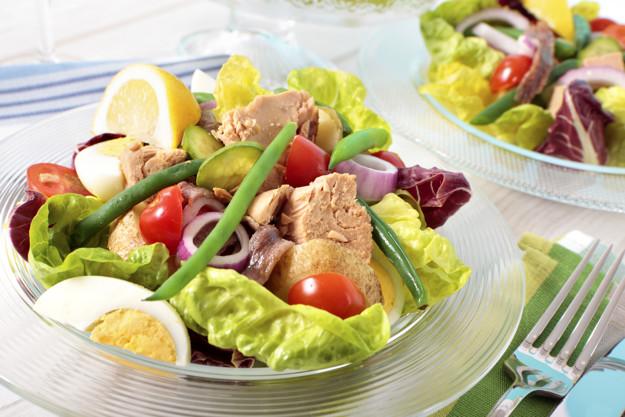
Preocupação deste século: longevidade com alimentação saudável
Resumo:
Concern of this century: Longevity with healthy eating
Considering the evident search for foods of fast and easy preparation, the industrial and scientific communities have been investing in the development of new products that, besides attending to this demand, can offer benefits to the health of the consumer. Among the foods that do not require a lot of time to prepare at home, the hamburger deserves prominence, due to its high consumption. However, because it contains saturated fat and because it is subjected to the frying process, too much consumption of this product can be harmful to human health and can cause chronic diseases, among them, obesity and hypertension. Studies have demonstrated the possibility of substitution of ingredients in the formulation of hamburgers, with the intention of incorporating substances with functional properties; therefore, substances that may contribute to the health and well-being of consumers. In this context, this review addresses issues related to meat, in the sense of conceptualizing the product and, in the light of the literature, offers possible alternatives and that have been studied to make this food healthier.
Expandir Resumo
Acessar Texto Completo


